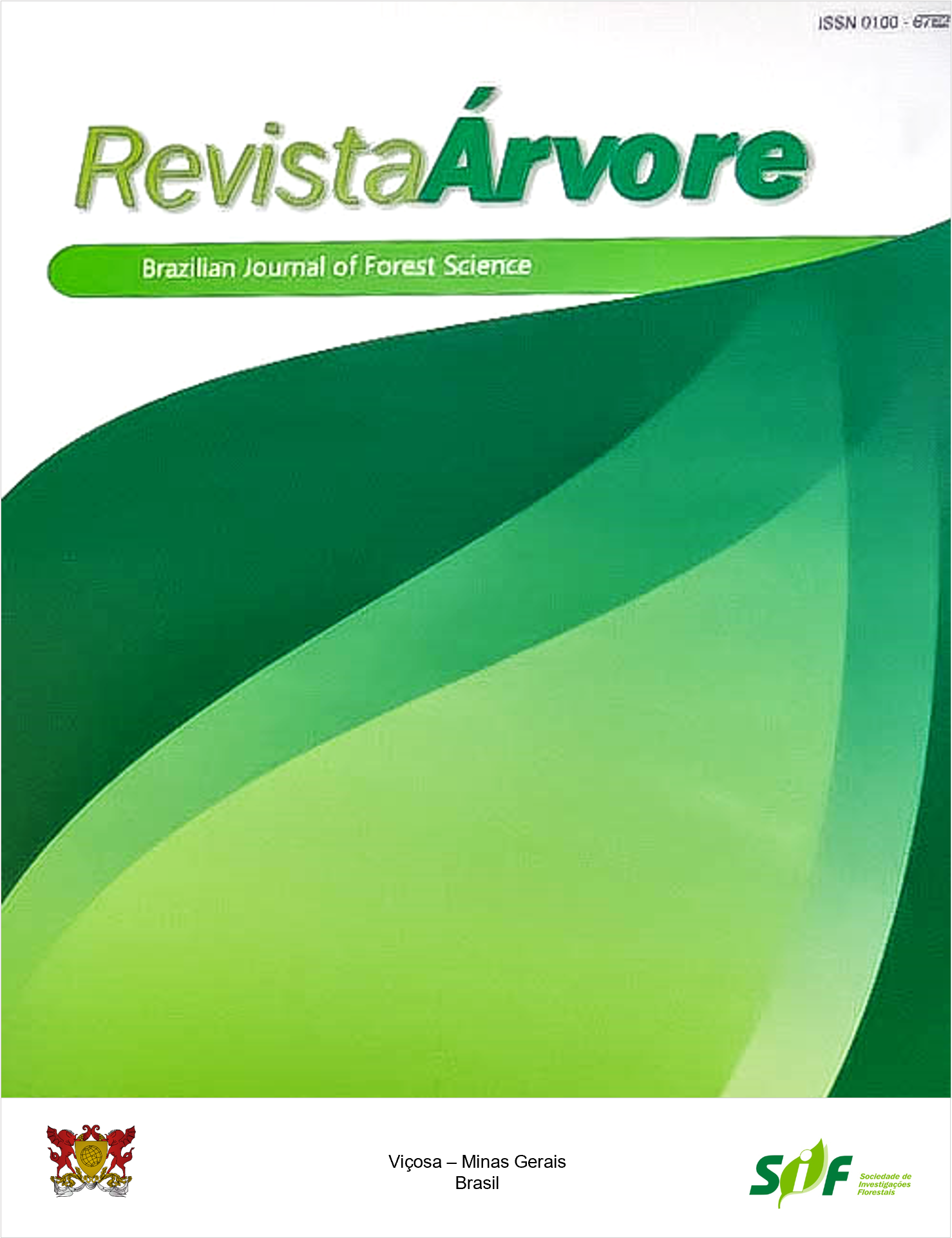EMERGENCE, INITIAL GROWTH, AND SEEDLING QUALITY OF Eremanthus incanus: SUBSIDIES FOR GENETIC BREEDING AND CONSERVATION
Keywords:
Candeia, Seed-trees, Campo RupestreAbstract
So far, the commercial production of Eremanthus incanus seedlings has been performed with seeds without any genetic control. Thus, we propose two experiments to examine seed-trees' effect on their descendants via the seminal in the nursery phase and verify the correlation between the variables. We installed the first experiment in a greenhouse and evaluated seedling emergence weekly for 42 days. At the exit of the greenhouse, at 60 days, we estimated survival. We conducted the second experiment in a shade house and, later, in full sun. We evaluated seedlings' height, diameter, and survival at 90, 120, 150, and 180 days after sowing. At 180 days, we quantified shoot, root, and total dry matter weight and calculated the Dickson Quality Index (DQI). The effects of E. incanus seed-trees on their descendants via the seminal were significant for emergence, growth characteristics, and seedling quality. The seedling survival rate at the greenhouse exit was high for all seed-trees, ranging from 72.2% to 97.2%. All seed-trees showed greater biomass allocation in the shoots of the seedlings, with this proportion being more pronounced in some of them. Although not significant, the correlation estimates between the emergence rate and the other traits were all positive. The correlations between height, diameter, dry mass, and DQI were significant and positive, from moderate to high magnitude. Due to its nondestructive nature, the diameter can be considered the most suitable practical indicator to evaluate the quality of E. incanus seedlings. Our results substantially contribute to implementing more effective conservation and breeding strategies, helping to understand the behavior of E. incanus in Campos Rupestres environments regarding seedling production and recovery of ecosystem services.
Keywords: Candeia; Seed-trees; Campo Rupestre
Downloads
Published
How to Cite
Issue
Section
License
All authors agreed to submit the work to Revista Árvore and granted the exclusive license to publish the article. The authors affirm that it is an original work and has not been previously published elsewhere. The scientific content and opinions expressed in the article are the sole responsibility of the authors and reflect their opinions, not necessarily representing the opinions of the editorial board of Revista Árvore or of the Society of Forest Investigations (SIF).




